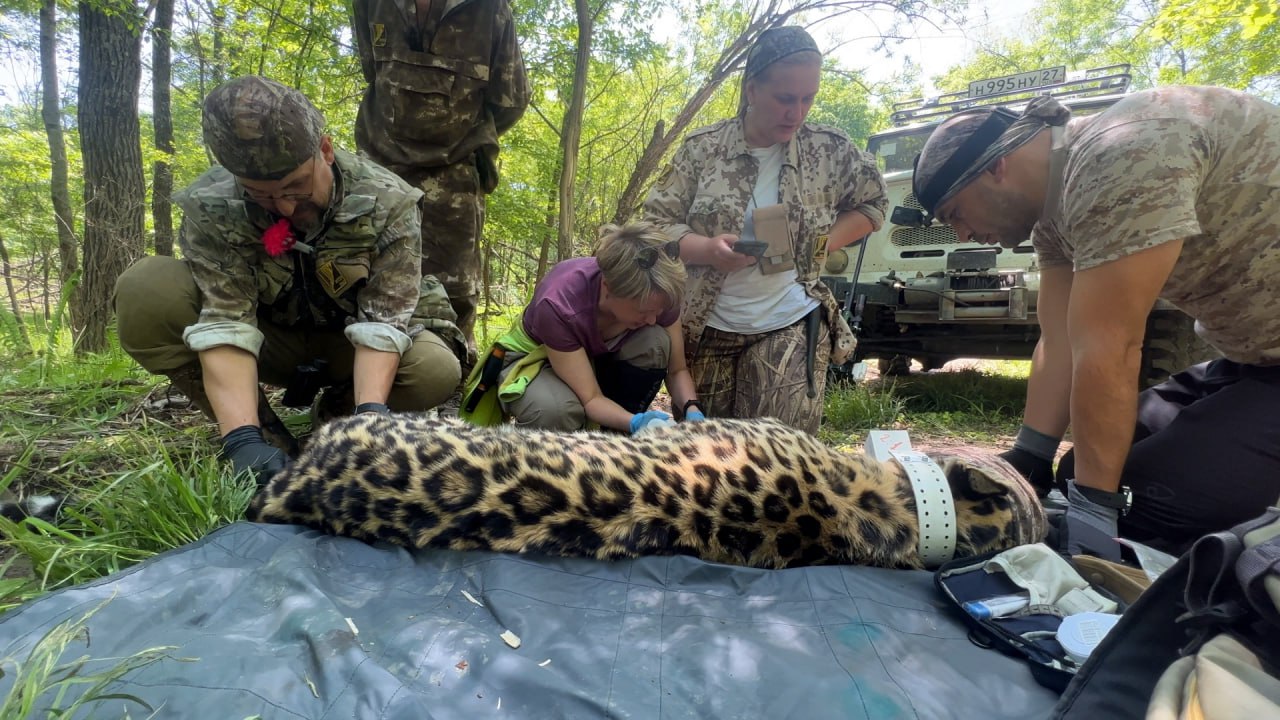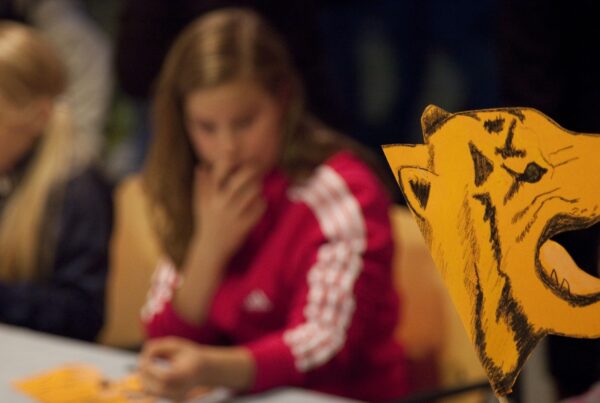
- In a remarkable effort to restore the population of Amur leopards, a ground-breaking Amur leopard reintroduction program has been initiated.
- Three of these magnificent creatures have been relocated from the core of their population in the Land of the Leopard National Park to the Ussuri Nature Reserve.
- The project aims to establish a new population in the historic range of the southern part of Sikhote-Alin, Russia. The initial release of three leopards marks a significant milestone in the endeavour, with experts closely monitoring their movements and behaviours using satellite collars.
After 50 years of absence, two males and one female Amur leopard were reintroduced to the Ussuri Nature Reserve at the end of May this year, signifying their return to lands they once disappeared from. The successful relocation was preceded by the careful installation of lightweight satellite collars, allowing scientists to observe the leopards’ movements and behaviours. Information is received by scientists several times a day allowing them to monitor the leopards without causing inconvenience to the animals.
The Ussuri Nature Reserve provides an ideal environment for Amur leopards, with pre-release aerial surveys revealing an ample population of deer, their main prey, ensuring a reliable and sustainable food supply. However, due to a number of obstacles, such as the Vladivostok-Khabarovsk highway, the villages along it, and the floodplain of the Razdolnaya River, the natural movement of leopards between the national parks has not been possible. The reserve already facilitates the movement of Amur tigers between the LLNP and Ussuri through an underground passage beneath a road that separates the two habitats. Leopards have not utilized this culvert, possibly due to tiger scent, lack of discovery, or heightened sensitivity to the road.

Introducing the pioneering, intrepid explorers
The initial animal transfers were conducted smoothly without compromising their well-being. A soft release was conducted which involved placing them in a tranquilized state within a designated enclosure before allowing them to wake up and explore without human presence and thereby minimising stress for the animals.
Following their release, the leopards wasted no time in exploring their new surroundings. The female leopard, named Leo 284F, embarked on an easterly journey, before thoroughly investigating the southern part of the reserve. With an average daily movement of approximately 8 km, Leo 284F is demonstrating a healthy and curious nature, thoroughly inspecting her new home.
Meanwhile, the first male leopard Leo 270M initially surveyed the Anikin Creek valley in the centre of the reserve before eventually returning closer to the release site. Although the leopards have moved as far as 5 km apart, their paths are converging and the first settlers have been studying each other’s tracks, indicating the potential for the formation of a pair in the future.
The third leopard, Leo 260M, was the last to be released and he has remained in close proximity to the release site, actively acclimating to his new environment. Unlike the first two leopards, Leo 260M has a unique background. He was rescued from imminent death by Land of the Leopard employees in 2022 and subsequently spent time at a Rehabilitation Centre. There, he received the necessary care, regained strength, and honed his hunting skills with minimal human interference.

Future Amur leopard reintroduction efforts
Historically, the Amur leopard’s range spanned the entire south of Primorye. However, due to factors such as poaching and habitat loss, their numbers dwindled to just 35 individuals by the beginning of the 21st century. Through the dedicated efforts of the Land of the Leopard National Park, including anti-poaching measures and forest fire prevention, the wild population has now increased to approximately 125 individuals. This success has paved the way for the reintroduction program and has also encouraged natural resettlement, as leopards independently explore new territories, even near the borders of the Ussuri Reserve.
This initial reintroduction of three leopards marks the beginning of a larger project. In autumn 2023, the next phase is scheduled, which aims to relocate at least six more adult leopards from the Land of the Leopard National Park to the Ussuri Nature Reserve. The ultimate objective is to establish a new population of at least 25 individuals in the historical range of the southern part of Sikhote-Alin. The hope is to create a small reproductive group of leopards in Ussuri.

The Amur leopard reintroduction project being implemented is the first in the world as part of the work on the conservation of Far Eastern leopards. The project is being implemented under the scientific supervision of the A.N. Severtsov Institute of Ecology and Evolution of the Russian Academy of Sciences (IEE RAS) by the Institute’s staff together with specialists from the Land of the Leopard Federal State Budgetary Institution with the support of the Far Eastern Leopards Autonomous Non-Profit Organization.
Find out more about the plight of the Amur leopard here.





